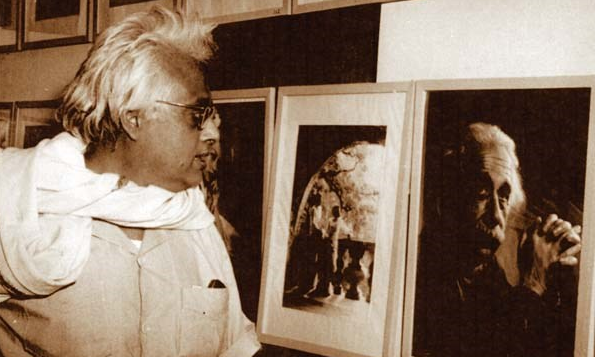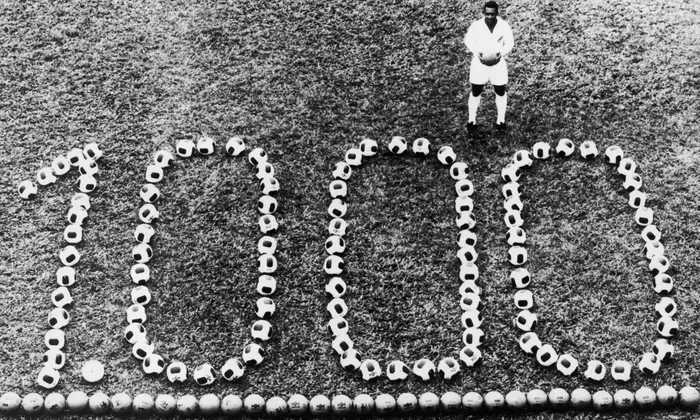In Spain, people eat 12 grapes, one for each month for prosperity.
You need to eat a grape with each bell strike at midnight.The tradition dates to 1909 when vine growers in Alicante came up with this idea to sell more grapes after an exceptional harvest
📸AFP via Getty Images
You need to eat a grape with each bell strike at midnight.The tradition dates to 1909 when vine growers in Alicante came up with this idea to sell more grapes after an exceptional harvest
📸AFP via Getty Images

A Danish New Year’s Eve tradition is to throw plates and dishes against friends' and neighbours' front doors.
The bigger the pile of broken china the next morning, the more friends and good luck you’ll have in the coming year.
It’s a dying tradition, thank God.
The bigger the pile of broken china the next morning, the more friends and good luck you’ll have in the coming year.
It’s a dying tradition, thank God.
In Naples, people toss everything from toasters to fridges off their balconies.
Getting rid of old possessions symbolizes a fresh start in the new year.
To prevent serious injuries, most locals stick to small and soft objects.
Kindly mind your head.
Getting rid of old possessions symbolizes a fresh start in the new year.
To prevent serious injuries, most locals stick to small and soft objects.
Kindly mind your head.
In Germany, people melt small pieces of lead in a spoon over a candle, then pour the liquid into cold water.
Shapes from the Bleigießen (lead pouring) tell your fortune.
If the lead forms a ball you get lucky, the shape of a crown means wealth and a star will bring happiness.
Shapes from the Bleigießen (lead pouring) tell your fortune.
If the lead forms a ball you get lucky, the shape of a crown means wealth and a star will bring happiness.
In Ecuador, people burn effigies of politicians, pop stars. Burning the año viejo(old year) is to destroy bad things & cleanse for the new.
This originated in 1895 when a yellow fever epidemic hit, & coffins packed with clothes of the dead were burnt for purification.
📸Adampol
This originated in 1895 when a yellow fever epidemic hit, & coffins packed with clothes of the dead were burnt for purification.
📸Adampol

In Philipines, new year is all about money.The locals believe that surrounding themselves with round things (to represent coins) will bring fortune.
Clothes with polka dots are worn and round food is eaten, coins are kept in pockets and constantly jangled to keep money flowing
Clothes with polka dots are worn and round food is eaten, coins are kept in pockets and constantly jangled to keep money flowing
At midnight, Buddhist temples in Japan ring their bells 108 times to dispell the 108 evil passions all human beings have, according.
Japanese believe that joyanokane, the ringing of the bells, will cleanse them from their sins of the previous year.
Japanese believe that joyanokane, the ringing of the bells, will cleanse them from their sins of the previous year.
Do you have any fun traditions to #Welcome2023?
For a lot of us (author included) just sleeping well on the 31st, or "putting one 90" is a tradition. There is nothing wrong with any of this!
India Wants to Know!
For a lot of us (author included) just sleeping well on the 31st, or "putting one 90" is a tradition. There is nothing wrong with any of this!
India Wants to Know!
• • •
Missing some Tweet in this thread? You can try to
force a refresh



























